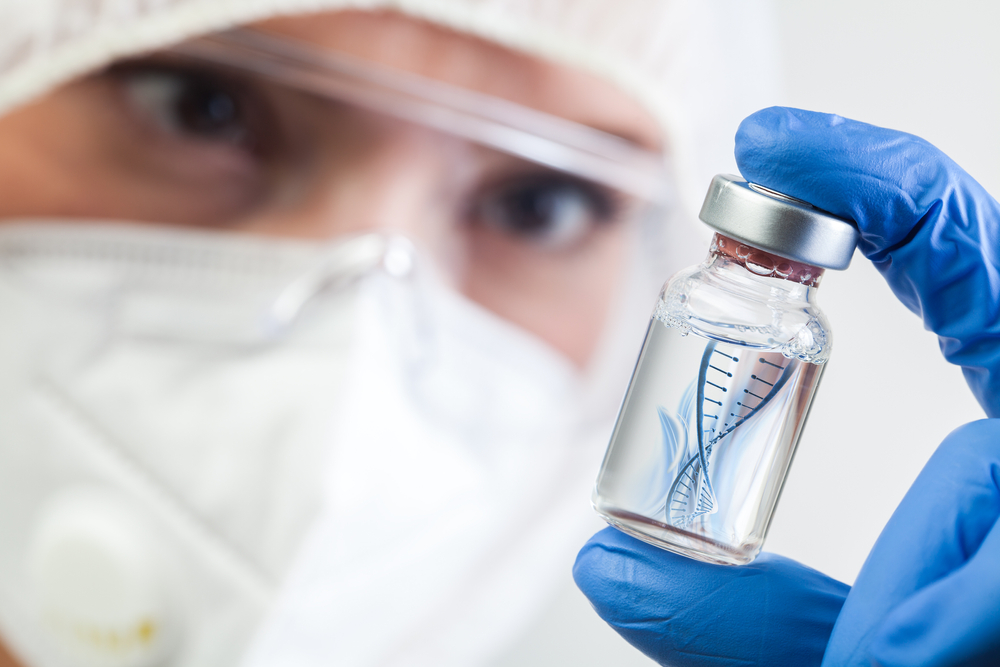A new subvariant of the novel-coronavirus called XBB dramatically announced itself earlier this week, in Singapore. New COVID-19 cases more than doubled in a day, from 4,700 on Monday to 11,700 on Tuesday—and XBB is almost certainly why. The same subvariant just appeared in Hong Kong, too.
A highly mutated descendant of the Omicron variant of the SARS-CoV-2 virus that drove a record wave of infections starting around a year ago, XBB is in many ways the worst form of the virus so far. It’s more contagious than any previous variant or subvariant. It also evades the antibodies from monoclonal therapies, potentially rendering a whole category of drugs ineffective as COVID treatments.
“It is likely the most immune-evasive and poses problems for current monoclonal antibody-based treatments and prevention strategy,” Amesh Adalja, a public-health expert at the Johns Hopkins Center for Health Security, told The Daily Beast.
That’s the bad news. The good news is that the new “bivalent” vaccine boosters from Pfizer and Moderna seem to work just fine against XBB, even though the original vaccines are less effective against XBB.
They won’t prevent all infections and reinfections, but they should significantly reduce the chance of severe infection potentially leading to hospitalization or death. “Even with immune-evasive variants, vaccine protection against what matters most—severe disease—remains intact,” Adalja said.
As the novel-coronavirus evolves to become more contagious and more resistant to certain types of drugs, keeping current on your boosters is “the most impactful thing you can do in preparation for what might come,” Peter Hotez, an expert in vaccine development at Baylor College, told The Daily Beast.
Scientists first identified XBB in August. It’s one of several major subvariants that have evolved from the basic Omicron variant, piling on more and more mutations on key parts of the virus—especially the spike protein, the part of the virus that helps it grab onto and infect our cells.
XBB has at least seven new mutations along the spike. Mutations that, taken together, make the subvariant harder for our immune systems to recognize—and thus more likely to evade our antibodies and enter our cells to cause infection. FULL REPORT








